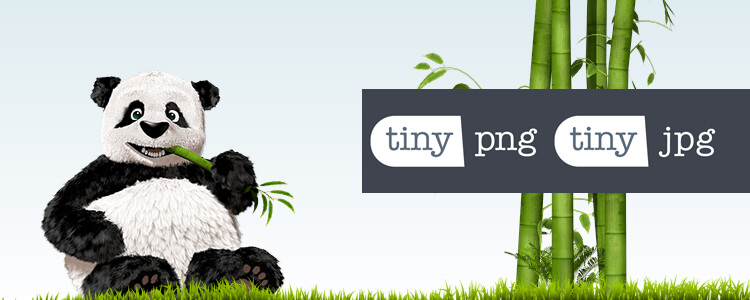Compress and Optimize Images for Better Website Performance

When it comes to building a fast and user-friendly website, image optimization is one of the most crucial (yet often overlooked) steps. Whether you run a blog, portfolio, or online store, unoptimized images can slow your website down, affect your SEO rankings, and frustrate your visitors.
why optimizing images is so important for your site.
- Faster Load Times: Compressed images reduce file size without noticeably affecting quality, making your pages load much faster. This improves user experience and reduces bounce rates.
- Improved SEO: Google considers site speed as a ranking factor. Optimized images contribute to a faster site, which can help boost your search engine rankings.
- Lower Bandwidth and Storage Usage: Smaller image files mean your server uses less bandwidth and storage—leading to lower hosting costs.
- Increased Conversions: A fast, smooth website leads to better user experience, which directly impacts sales and lead generation—especially for e-commerce stores.
- Better Mobile Experience: Mobile users often have slower connections. Compressed images load faster, keeping users engaged and improving conversions.
Recommended image size
- Standard Blog Post images: 1200 x 675 px
- Content Images: 800 x 600 px
- Full-Width Hero/Banner Images: 1920 x 1080 px
- Feature Images / Thumbnails: 1200 x 628 px

Which Images Should You Use and Why?
- WebP: Modern format with excellent quality at much smaller file sizes than JPEG/PNG.
- Improves loading speed and SEO.
- Best For: Product photos, blog images, banners.
- PNG: Supports transparency and retains sharp edges.
- Higher quality than JPEG, but larger file size.
- SVG: Scalable (doesn’t lose quality when resized).
- Very small file size for simple graphics.
- AVIF: Newer than WebP, offers even smaller file sizes with high quality.
- Ideal for high-res, modern websites.
Compress Your Images
Compressing your images is a simple yet powerful way to improve your website’s speed, performance, and user experience. Large image files can slow down your site, increase bounce rates, and negatively affect your SEO rankings. By reducing the file size of your images—without sacrificing quality—you can ensure faster loading times, especially for mobile users. Compression also helps save server storage and bandwidth, making your site more efficient overall. With tools like TinyPNG.
TinyPNG is a free online tool that compresses PNG and JPEG images without losing quality. It’s easy to use—just drag and drop your images, and it reduces file size to help your website load faster. TinyPNG also offers Compressing your images for automatic image optimization directly on your site.

Best Plugins for Optimizing Images.
Optimizing images is easy with the right plugins. Smush is one of the most popular, offering bulk compression, lazy loading, and resizing features. ShortPixel is another powerful option.
Smush is a popular plugin designed to automatically compress, resize, and optimize images without reducing their visual quality. It’s beginner-friendly and allows bulk optimization of existing images, making it ideal for large websites. Smush also supports lazy loading, helping your pages load faster by delaying off-screen images. With both free and pro versions, it’s a reliable tool to improve site speed and performance with just a few clicks.
ShortPixel is a powerful image optimization tool designed to make websites faster by compressing images without compromising quality. It supports various image formats like JPEG, PNG, WebP, AVIF, and even PDFs. With both lossy and lossless compression options, ShortPixel helps reduce image file sizes significantly, improving page load times and boosting SEO. It offers a simple plugin, making it easy for site owners to optimize their media libraries automatically. Whether you’re running an eCommerce store or a blog, ShortPixel is a reliable choice for enhancing website performance.
Final Thoughts on Compressing Images
In today’s fast-paced digital world, every second counts—and image compression is a simple yet powerful step toward a faster, more efficient for your website. By optimizing your images, you not only improve load times and SEO but also deliver a better experience for your visitors. Whether you’re running a blog, business site, or online store, compressing images is a smart move that pays off in speed, performance, and user satisfaction. Start optimizing today and watch your website thrive.
